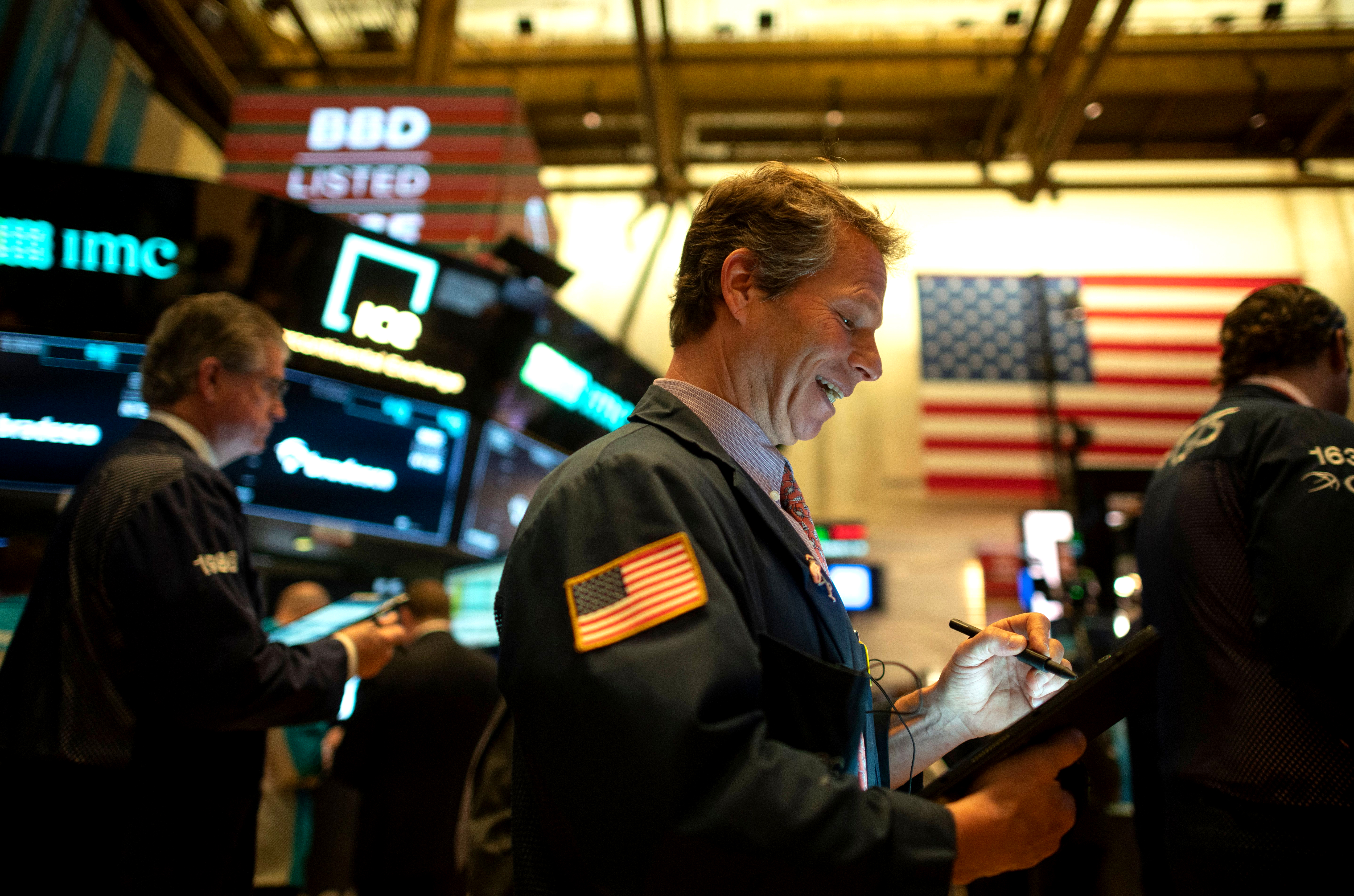A business boom defies the forecasts
What to make of a seemingly booming economy

The smartest insight and analysis, from all perspectives, rounded up from around the web:
The U.S. economy blew past expectations in the first months of 2019 in a burst of growth that feels like the 1990s, said Heather Long at The Washington Post. Last week, the government reported a 3.2 percent annualized GDP growth rate in the first quarter, energizing supporters of President Trump and his economic policies. Most of the growth "was driven by an unusually low trade deficit and a surge in inventories, with companies beefing up their supplies after depleting them last year." In addition, unemployment and inflation remain low, wages are rising, and the stock market "has been on a bullish ride" that's reminiscent of the dot-com boom 20 years ago. Tax cuts gave the economy what looked like a "sugar high," said Jon Hilsenrath at The Wall Street Journal, but now productivity and labor force gains suggest that faster growth might well be sustained. Though Trump officials credit tax cuts and deregulation for the economy's advance, other factors — such as productivity gains from technology — are also in play. Regardless of where credit should go, the economy's newfound energy is "a great development for Americans if it continues," because "it would mean more income growth in the long run with less inflation eating away at those income gains."
The economy might be doing even better if it weren't for Trump's trade wars, said Shawn Donnan at Bloomberg. Investment in agricultural equipment, for instance, dropped considerably "as farmers continued to deal with the fallout of tariffs that have hurt exports of products such as soybeans" to China. Analysts say uncertainty over trade has made companies slow to invest in new equipment, potentially a drag on long-term growth. The tariffs Trump has imposed are an unnecessary tax on Americans, said Sen. Chuck Grassley (R.-Iowa) at The Wall Street Journal. "It's time for the tariffs to go." A levy on steel and aluminum imports provoked retaliatory tariffs on U.S. products by Canada and Mexico that have hurt farmers. "Mexican tariffs on U.S. pork, for example, have lowered the value of live hogs by $12 an animal." That impacts jobs and wages, especially in rural communities.
The Week
Escape your echo chamber. Get the facts behind the news, plus analysis from multiple perspectives.

Sign up for The Week's Free Newsletters
From our morning news briefing to a weekly Good News Newsletter, get the best of The Week delivered directly to your inbox.
From our morning news briefing to a weekly Good News Newsletter, get the best of The Week delivered directly to your inbox.
The economy is booming, but who's really benefiting? asked Juan Williams at The Hill. "What about the middle class? Wages remain stagnant. Trump's trade wars are hurting farmers. Coal mines keep closing. Teachers in several states have been on strike. Housing prices are up; prescription drug prices and health-care costs are up; gas prices are up and student debt is soaring." This isn't what an economic boom should look like. That's likely what Democrats will be saying in 2020, said David Siders at Politico, but unless there's a slowdown it will be hard to make that message stick. One recent CNN poll found 71 percent of Americans "rate the nation's economic conditions favorably." The health of the U.S. economy has generally been a good predictor for elections — although experts disagree about the impact of economic anxiety in 2016. Democrats now find themselves in a position much like Trump's at the end of the Obama years, needing to convince voters that despite broad gains, the "indicators fail to fully depict the state of the economy."
This article was first published in the latest issue of The Week magazine. If you want to read more like it, you can try 8 issues for only $1 here.
A free daily email with the biggest news stories of the day – and the best features from TheWeek.com
-
 ‘Let 2026 be a year of reckoning’
‘Let 2026 be a year of reckoning’Instant Opinion Opinion, comment and editorials of the day
-
 Why is Iran facing its biggest protests in years?
Why is Iran facing its biggest protests in years?TODAY’S BIG QUESTION Iranians are taking to the streets as a growing movement of civic unrest threatens a fragile stability
-
 How prediction markets have spread to politics
How prediction markets have spread to politicsThe explainer Everything’s a gamble